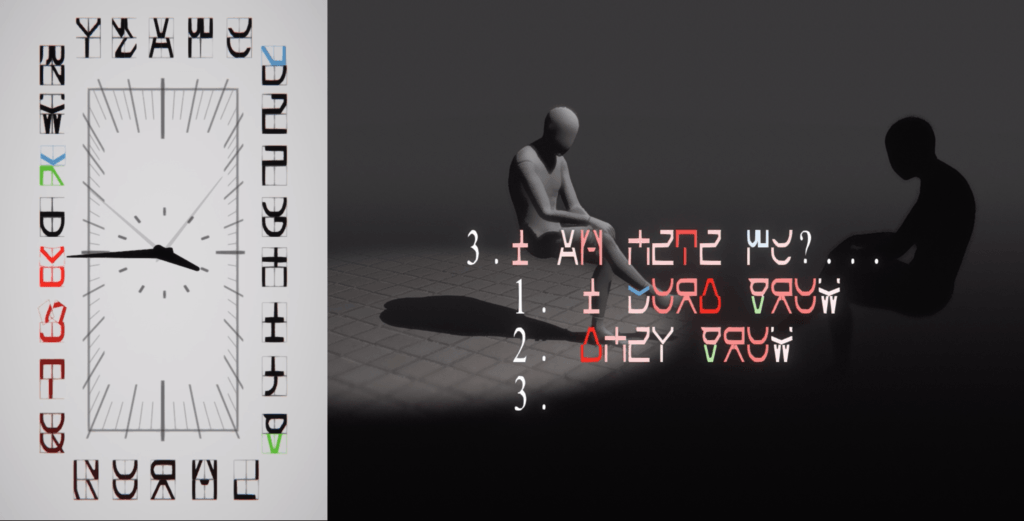Topics
Crypto
Turning our attention to money
Chimp City
The sales pitch of “Web3” depends on its having its own aesthetic to counter the “Instagrammability” aesthetic that social media has spawned. But all crypto can generate is self-referential hype and boiler-room sales pressure to sustain its many Ponzi schemes
Prosperity Gospel
The NFT hype is not about present-day utility or novelty but an experience of collective faith in an age of taxing isolation. Web3 provides an optimistic story about a future to believe in, and NFTs act as frames for these emotions, serving as sacred spaces for a community of believers.
Property Values
The pre-crash housing bubble was abetted by propaganda about an “ownership society” that linked personal property to autonomy but in practice widened inequality. The Web3 hype has seized upon similar rhetoric and is yielding similar results, only now it’s conflated with ideals of collective ownership that deserve to be considered apart from the speculative mania of crypto
Reconnected
The internet’s early history is often misremembered as a time when decentralization allowed for a more genuine form of sociality, free from corporate and commercial pressures. But this misplaced nostalgia not only overlooks how free-market ideology drove the internet’s development; it also ignores the more centralized alternatives that were directed from the start by a different kind of politics
Play to Lose
Phenomena like crypto, NFTs and meme stocks have been touted in some quarters as a democratization of finance, allowing ordinary people to participate in speculative markets and use them to their own ends. But these practices are not foundational to a sustainable and equitable society; they mainly offer a feeling of revenge to help compensate for the otherwise helpless feeling of being financialized against one’s will.
Paid in Full
With the advent of the internet, some predicted that intellectual property would become outmoded, but this has turned out to be backward. Instead it has allowed for the conception of everything as IP. Anything can become “content,” which now means anything can be conceived as a speculative instrument, as with NFTs. Web 2.0 — the “participatory web” of social media platforms and user-generated content — is being subsumed by what’s called Web3, an initiative to build blockchains and payment protocols into the internet’s fundamental architecture.
Money for Nothing
NFTs are made to seem intricate, innovative, and complicated, but they are merely a new manifestation of a very old form: the financial bubble. The crypto-driven machinery by which NFTs are supposed to acquire their value disguises the dispossession that all forms of capitalist accumulation entail. The value of crypto (and apps) is not in electricity but in the human labor they displace and appropriate.
The Presence of the Original
The underlying aim of NFTs is to empty content of whatever it contains that makes it circulate and reduce instead to a moment of property, an assertion of the self who owns it over its potential social significance. That is, NFTs make the social significance of any digital artifact the simple fact that it can be owned and valued. Cash is king.








